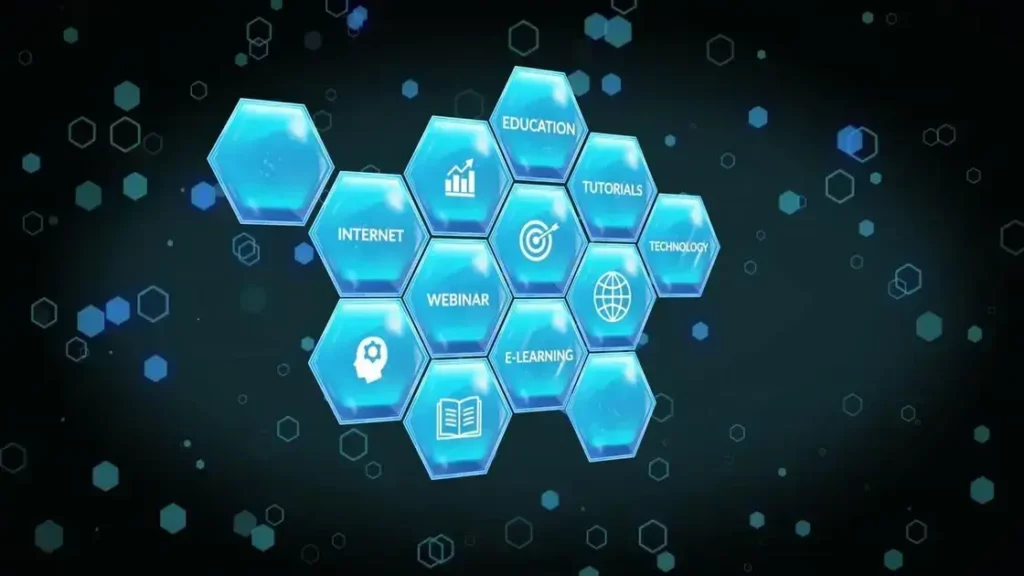Leitura: 6 minutos Turbocharge your team’s learning—LinkedIn now offers a strategic advantage with its free courses, unlocking world-class content for any business appetite. Today, leveraging free LinkedIn courses isn’t just wise; it’s a market-driven shortcut to upskilling that shrewd leaders can’t afford to ignore. In this article, I break down why this resource transforms capability, reduces risk, and propels your competitive edge—read on for data-backed analysis and actionable insights on the smartest moves for 2024 and beyond.
What Makes LinkedIn Free Courses Unique?
LinkedIn free courses stand out by combining brand trust, real market relevance, and seamless integration with your professional profile.
- Content curated by top industry experts
- Immediate certification to boost your LinkedIn profile
- Topics cover current in-demand skills from data science to soft skills
- Many updated monthly for fresh industry knowledge
In practice, this means you upskill with content shaped for employability and market readiness, not theory. The result? A direct path to strengthening your team’s market value and risk resilience without pulling resources away from core operations.
The recado for ambitious leaders is this: Prioritize LinkedIn’s free offerings now to fill capability gaps faster than competitors. Are you exploiting LinkedIn’s brand-driven learning ecosystem to its full potential?
Most In-Demand Free Courses Now
The current landscape of free LinkedIn courses follows what the market desperately needs. Right now, the most popular are:
- Data Analysis Fundamentals
- Remote Team Leadership
- AI and Machine Learning Basics
- Digital Marketing Strategies
- Project Management Essentials
- Emotional Intelligence at Work
For leaders, adopting these is not optional—it’s about managing your market share in a digital-first economy and preventing skill obsolescence across your organization. On the ground, companies leveraging these courses report sharper decision-making and measurable performance upticks.
The implication? The skills your team chases today become tomorrow’s competitive moat. Which top course will move your business results this quarter?
How to Maximize Learning ROI
Extracting real value from free LinkedIn courses isn’t about scattered upskilling—it demands targeted integration in your workflow.
- Align course selection with business objectives
- Create learning sprints tied to project deliverables
- Encourage peer-to-peer sharing of tactics learned
- Use certificates as KPIs for individual and team development
Na prática, this transforms free content from “nice-to-have” training into active performance drivers and sharpens your talent pipeline. The strategic play is to formalize ongoing learning as an expectation, not a suggestion.
Are your upskilling efforts mapped to strategic outcomes, or are you leaving ROI on the table?
Risks and Limitations: What to Watch
Even with massive upside, free LinkedIn courses have boundaries:
- Some advanced topics remain behind the paywall
- Not all certifications are industry-accredited
- Content depth occasionally favors breadth over expertise
- Overreliance may create homogenized skilling
For businesses, this means supplementing LinkedIn learning with role-specific training and maintaining close watch on market credential standards. The competitive takeaway is to see free courses as a foundation—not the whole structure—of your talent development strategy.
How will you address LinkedIn’s built-in training gaps while riding its mainstream momentum?
2024 Trends: Uptake and Integration
This year, the data tells a clear story—corporate adoption of LinkedIn free courses is growing at pace, especially in digital transformation and compliance areas.
- Multinational firms are embedding LinkedIn Learning into onboarding flows
- HR AI tools now use course completion analytics for talent mapping
- Regulatory updates are faster to address thanks to rapid e-learning deployment
Na prática, this shift is closing skills gaps and enhancing resilience across supply chains. The market intelligence: Early adopters are internalizing external learning for measurable agility and risk management advantage.
Is your organization keeping up with this quickening pace?
